DJI has played a huge role in commoditizing drones over the years, constantly adding to its lineup with a variety of drones for different purposes, ranging from casual use to commercial-grade flying cameras whose footage could end up in the next indie film.
With the Mavic Mini, DJI is tackling the same hobbyist demographic that it touched on with the Spark a few years back, but with a twist: at 249 grams, the Mavic Mini isn't just the company's smallest consumer drone, it's also the only one you can fly without first registering through the FAA.
That's a huge deal for first-time drone owners, and combined with some handy software tricks, I think it makes the Mavic Mini one of the most accessible drones on the market.
No registration, no problem
DJI Mavic Mini
Bottom Line The Mavic Mini is the most accessible drone in DJI's lineup. It's light enough that you don't need to register it with the FAA, and it folds down to pack nicely in a bag. The DJI Fly app offers easy controls and a map of fly zones, and the Fly More kit offers even more value.
Pros
- Doesn't need to be registered with the FAA
- Preset actions make complex movements easy
- Extremely compact setup
- Good-looking 2.7K footage
- 30-minute fly time
Cons
- No 4K or 60fps video
- Controller offers poor battery life and limited range
- Micro-USB
DJI Mavic Mini Hardware
It's hard to appreciate just how small the Mavic Mini is without seeing it in person. It has roughly the same footprint as my Pixel 4 — that's the smaller model, not the XL — and feels practically weightless out of the box. The 249g weight, which factors in a battery and microSD card, is proudly displayed on the side of the Mavic Mini, and you get a protective clear cover that goes over the camera when the drone is packed away.
Don't let the plastic build fool you, the Mavic Mini feels solid.
The Mavic Mini is made mostly of plastic, which helps it achieve its low weight but doesn't necessarily scream high quality; still, I've been happy with the construction and haven't had any durability concerns in the weeks I've been testing it. I'm not sure that I love the beige paint job, which reminds me of the old Compaq computer tower I grew up with, but it makes it fairly easy to spot in the air.
The controller for the Mavic Mini is roughly the same size as the drone itself, and just as cleverly designed. DJI maintains a low profile by making the thumbsticks removable, with fitted slots on the bottom of the controller so you don't lose them. There's a speaker at the bottom as well, which beeps when you power the controller on or off, or when the Mavic is in the process of landing, and shoulder buttons let you quickly switch between photo and video modes.
DJI makes use of your phone as a viewfinder for the Mavic Mini, with built-in clamps for holding it in place. You'll need to connect the controller to your phone using one of the included USB cables — you get USB-C, Lightning, and Micro-USB options in the box — I'm fine with that, but these cables don't have much clearance, and I've had to remove my Moment case from my Pixel 4 any time I fly the Mavic Mini.
When it's not in use, the Mavic Mini's legs folds down to an ultra-portable state that's great for tossing in a backpack. My only complaint here is that there's no way to secure the propeller blades down, which means I'm always a bit nervous that I'll bend them in transit. On the bright side, you get a spare set of propeller blades in the box in case anything goes wrong. Thankfully, there is some built-in obstacle avoidance that tries to keep the Mavic from running into anything.
If you're really worried about damaging your propellers, you should strongly consider grabbing the Fly More combo kit. It's an extra $100, but you get additional propellers, two spare batteries, a battery charging case, plastic propeller guards, and a nice fabric carrying case. You can buy everything à la carte later (with the exception of the fabric case), but you'll spend an extra $60 doing so, and they're all genuinely useful add-ons.
Before you attach those propeller guards, though, keep in mind that any extra weight pushes the Mavic Mini right back into the 250g weight class — let's talk for a second about why that's such a big deal.
DJI Mavic Mini Do I need to register it?
The FAA, or Federal Aviation Administration, deems that any drone weighing 250g or above has to be registered before it's legal to fly. That means handing over some personal info, paying a small fee, marking your drone with the registration number, and carrying a drone ID any time you want to fly. It's been a huge pain point with other drones, but in most cases, the Mavic Mini's low weight lets you avoid all of it.
Before you get carried away though, this doesn't mean you can ignore the rest of the FAA's rules. You still shouldn't fly the Mavic Mini higher than 400 feet, and flying near an airport is a definite no-no. You should also avoid flying over large groups of people, and local events can also cause temporarily restricted zones where the Mavic straight-up refuses to take off — it's football season, so I haven't been able to fly anywhere near the city on Sundays.
It's also important to note that the Mavic Mini's weight only clears it for recreational use. If you plan on using it for commercial use, you'll still need to be a certified pilot and register the Mavic Mini with the FAA under the Part 107 guidelines.
DJI Mavic Mini Flying the drone
Getting around the FAA's registration requirements won't do you much good if the footage isn't worth flying for in the first place, but thankfully the Mavic Mini shoots great-looking video in most conditions. It shoots in up to 2.7K at 25 or 30 frames per second, or you can drop down to 1080p to double the frame rate.
You should watch our video review to the see footage for yourself, but I've been overall pretty happy with the output — at least, after a quick color grade, since straight out of camera, the footage looks pretty flat. The 2.7K footage upscales nicely for 4K projects, but I would have loved native 4K capture, particularly because the Mavic Mini's camera is considerably softer than some of DJI's more expensive drones.
Most of the footage from the Mavic Mini honestly looks like it was shot on a phone — which isn't necessarily a bad thing, but you shouldn't expect any crazy depth of field or stellar dynamic range. There's a fair bit of lens flare in direct sunlight, and it's quick to overexpose. Of course, the Mavic Mini has one major advantage over your phone's camera: it can fly.
Takeoff and landing is handled within the DJI Fly app with your phone mounted on the controller. There are a few useful maps in the app that show you interesting photography spots nearby, along with restricted and authorization zones that you may not be able to fly in.
DJI gives you plenty of different shooting modes to help maximize your creative possibilities.
The app features QuickShots (yes, they're really called that), which are essentially preset modes containing complex actions that would be difficult to pull off manually. Each has a different dramatic effect; Dronie flies the Mavic Mini backward away from you, while Rocket shoots the drone up in the sky while panning downwards to keep you in the shot. Circle, well, circles the Mavic around you, and Helix essentially combines Rocket and Circle into a single motion.
You also get different shooting modes for manual operation; CineSmooth slows down the Mavic Mini's flight speed for more steady video, while Sports mode conversely speeds up its movements. No matter which mode you shoot in, the 3-axis gimbal plays a huge role in keeping the footage looking smooth and steady — this has always been a strong point for DJI.
Battery life is another strong point. The Mavic Mini is rated for up to half an hour in the air, and in my experience, that's been about right, though windy conditions can knock a few minutes off of that battery life. Still, it's nearly twice as good as the fly time on the DJI Spark, and if you get the Fly More kit you can keep a few charged batteries handy at all times.
What's less impressive is the battery life of the RC controller, which seems to be on the brink of death nearly every time I pull it out of my bag. It's enough to make it through a full battery's flight, but if you have a long shoot planned, expect to need to charge the controller before the drone itself. The controller also uses Enhanced Wi-Fi, rather than DJI's other technologies like Ocusync, which means you don't get quite as good of range, but seeing as you're not supposed to let the drone itself out of your sight anyway, that never really bothered me.
Another huge frustration is that every part of the Mavic Mini kit charges over Micro-USB , which would've been annoying in 2017, and is now completely baffling. DJI at the very least includes a cable in the box, and you can charge everything at once using the Fly More kit's battery case, but I was initially stunned to find that such a tech-forward and innovative company would still use such an outdated charging port.
DJI Mavic Mini Should you buy it?
In spite of its shortcomings and my minor gripes, I've had an absolute blast with the Mavic Mini over the last few weeks. You probably won't be shooting the opening scene to your next short film with it, but the image quality is more than good enough for vlogs and YouTube videos, and the different shooting modes in the app are awesome for getting visually interesting shots much more easily.
More importantly, the Mavic Mini is easily the best combination of convenience, portability, and value I've ever seen in a drone. It takes up so little space that even with the controller and battery case, I've been able to just leave it in my backpack without thinking twice. This gives me the freedom to get a drone shot any time the mood strikes, rather than planning ahead and packing a larger, more elaborate drone separately.
Of course, not needing to register it is a huge benefit as well, and the main reason most people will probably consider the Mavic Mini over similarly priced drones — even if other options have better image quality. I don't think there's ever been a more perfect option for someone's first drone, and the Mavic Mini could even work well in a pinch as a secondary drone for owners of higher-end models.
The bottom line? If you think you'll get even a little bit of use out of the Mavic Mini, I think you should absolutely pick one up. It's relatively affordable, and can give just about any style of video a much more lively energy.
No registration, no problem
DJI Mavic Mini
The best drone for hobbyists, bar none.
The Mavic Mini is one of the only drones you can start flying as soon as you open it, without needing to register it beforehand. The DJI Fly app has smart and convenient features for getting creative shots, and the 2.7K sensor looks great for the money.
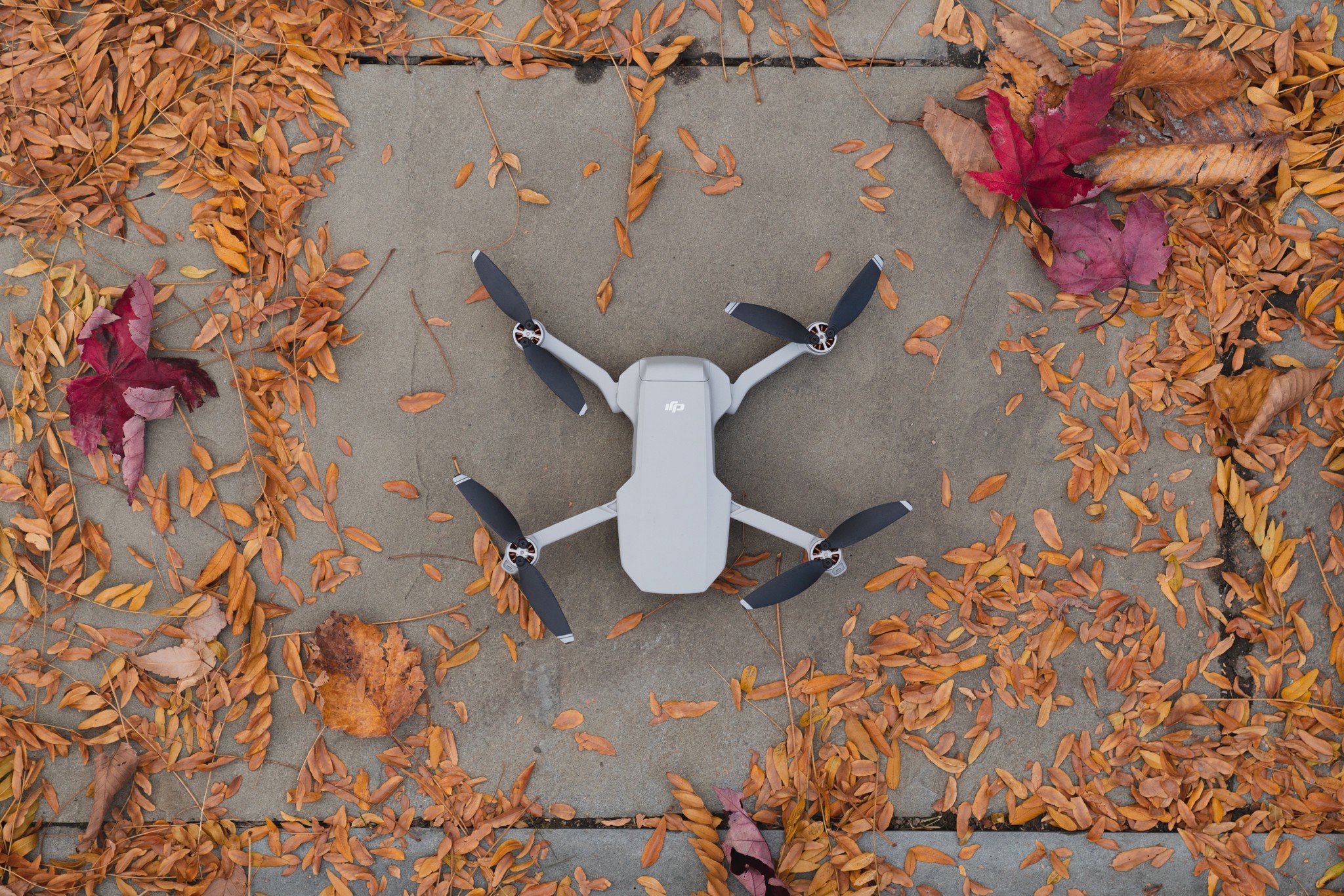

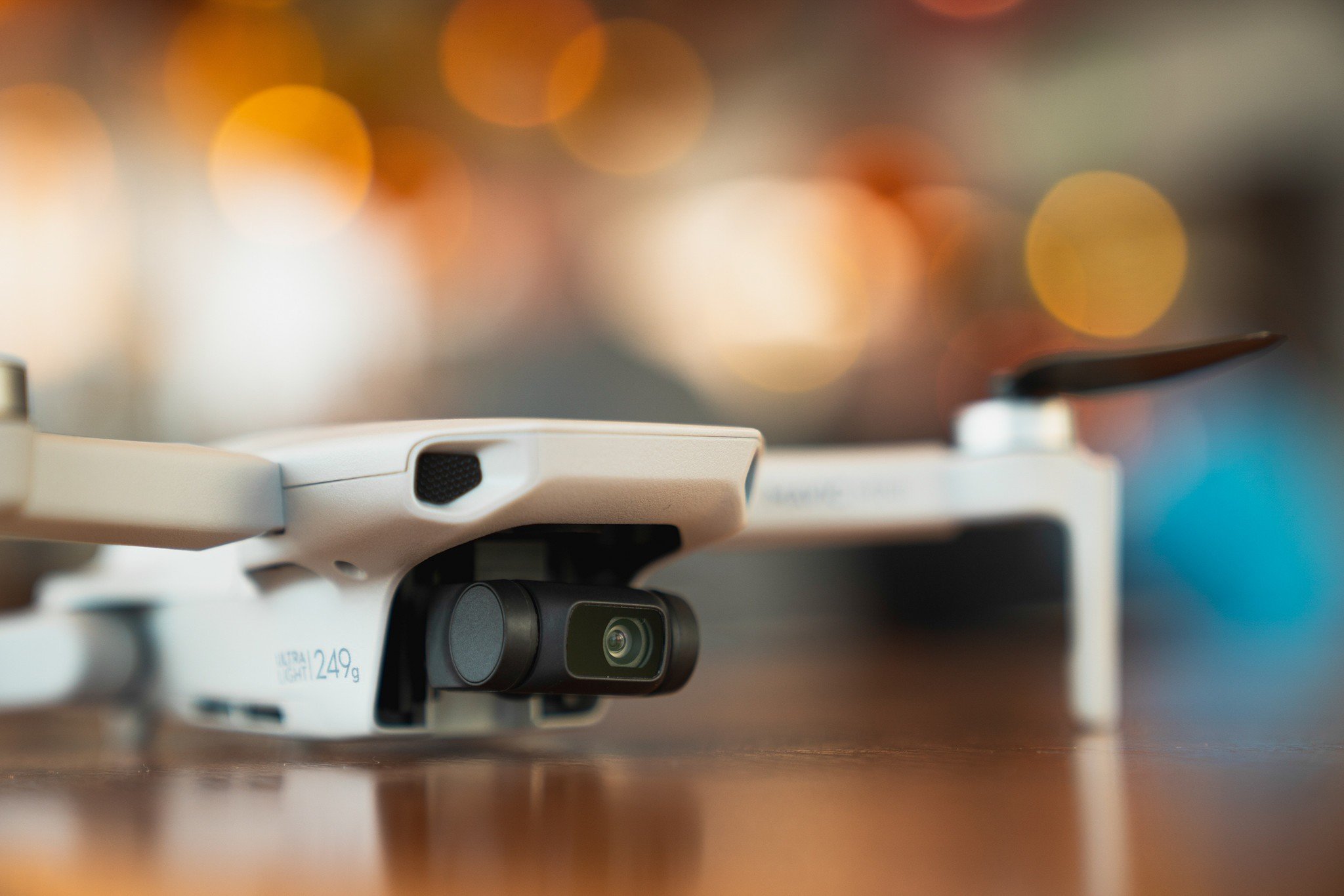
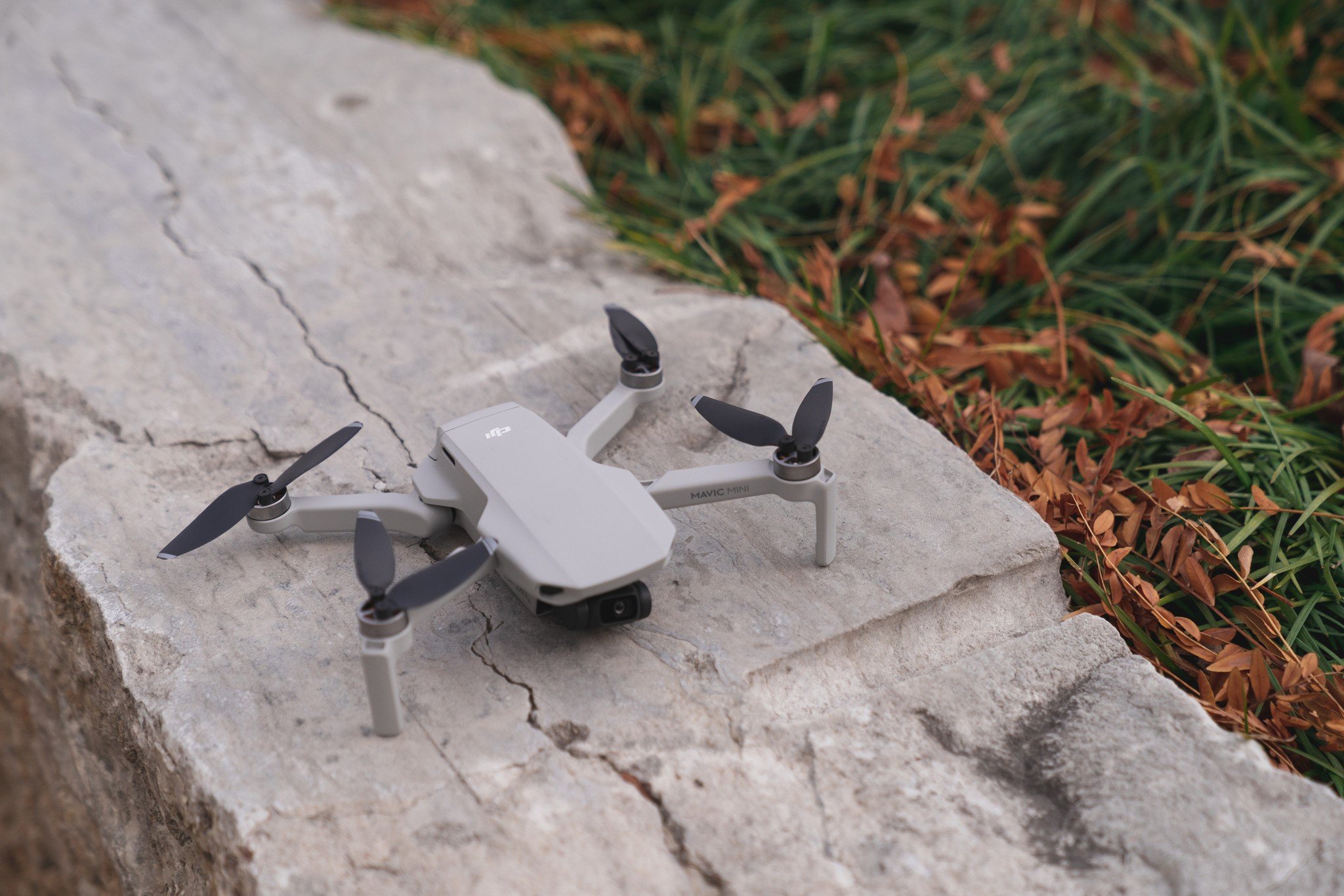
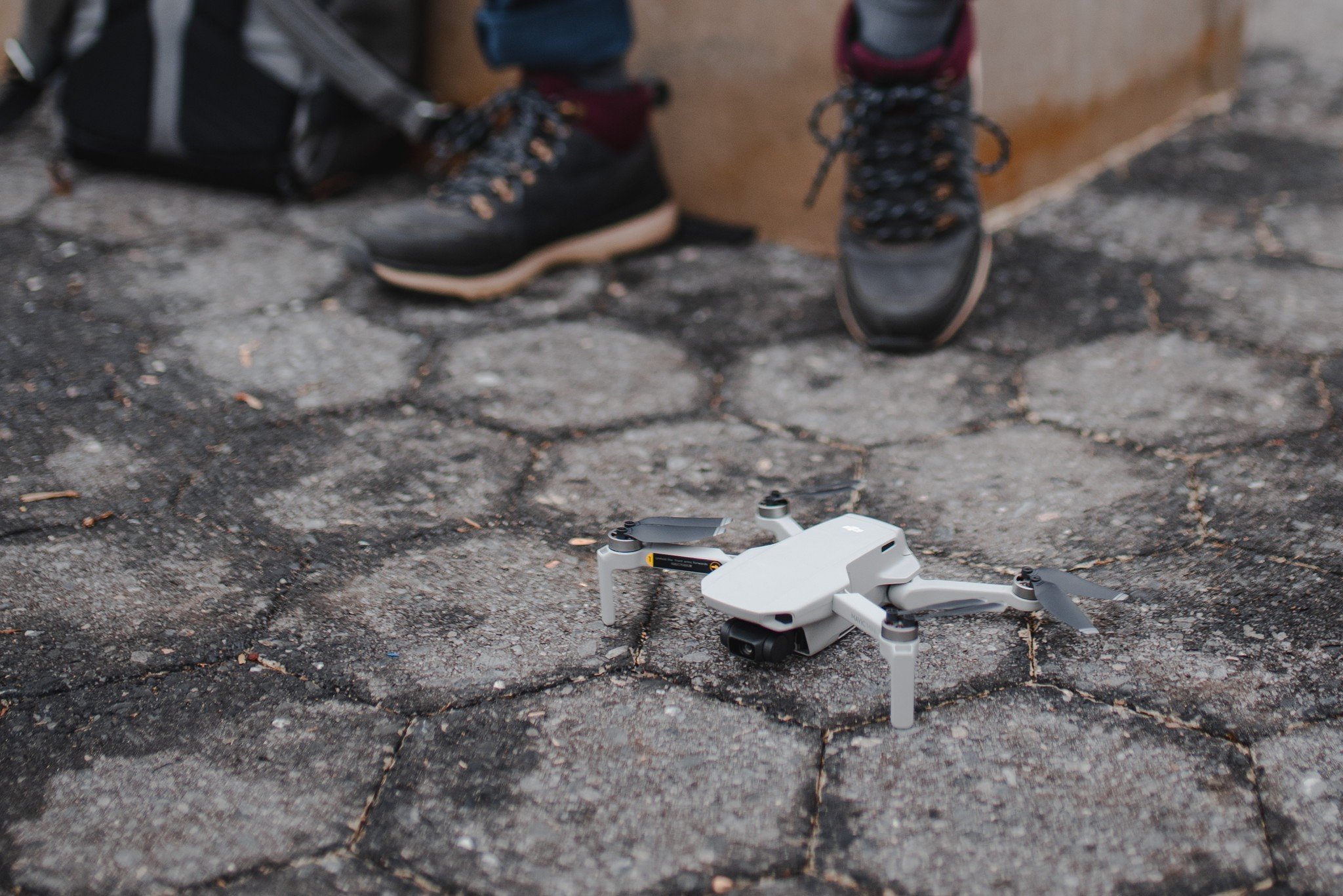




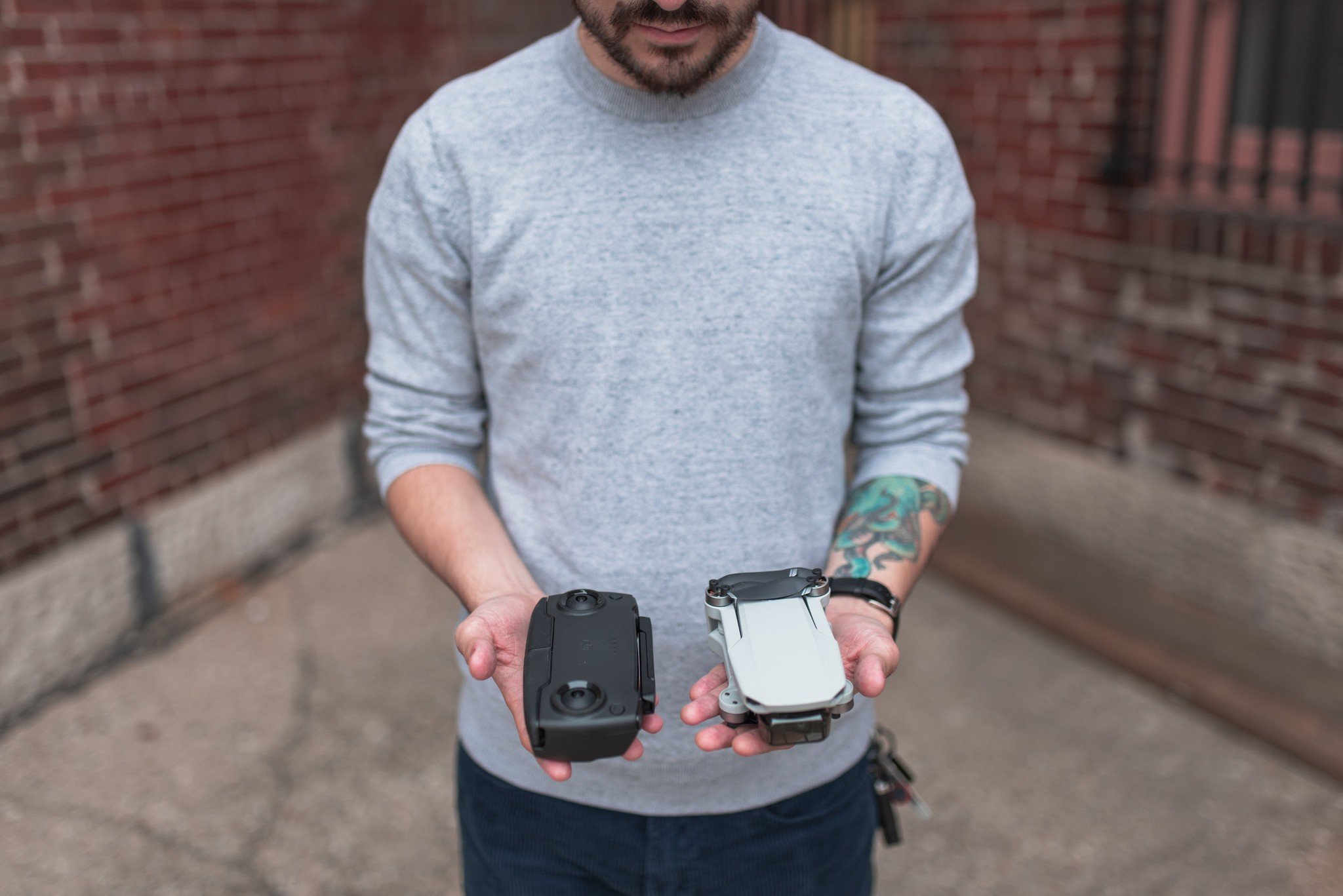
Tidak ada komentar:
Posting Komentar